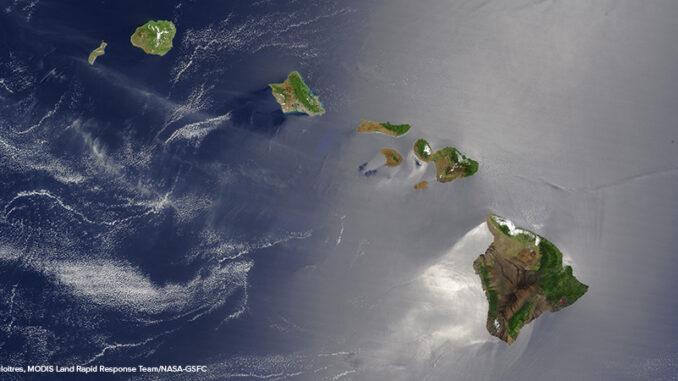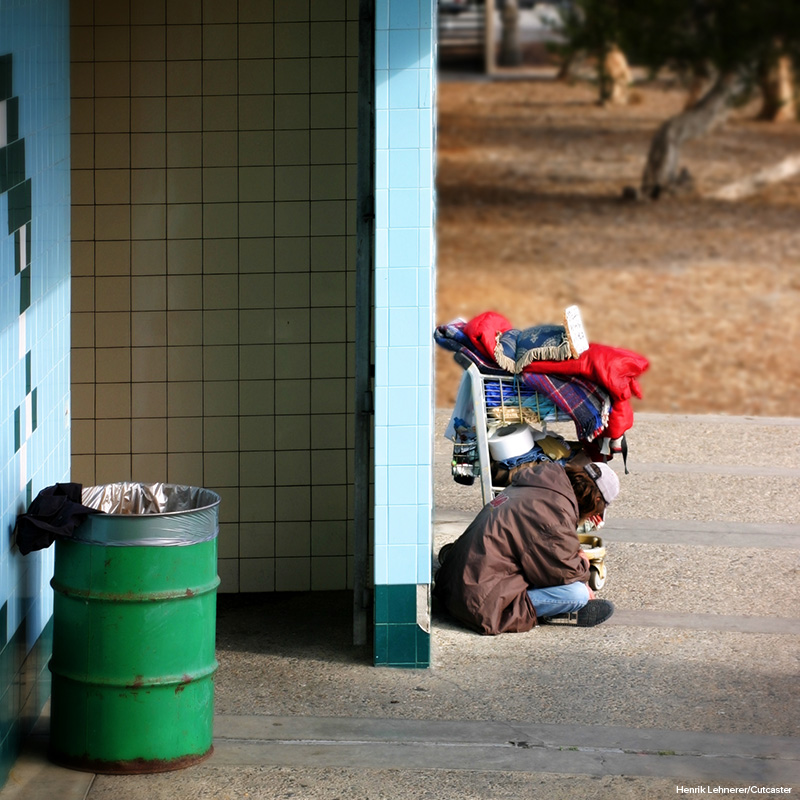
California Tackles Homelessness Crisis
Widespread homelessness can sometimes feel like an impossible problem to solve. But in the wake of receiving a troubling report from the U.S. Department of Housing and Urban Development (HUD) recently, the governor of California has decided to make a bold attempt at tackling his state’s homelessness problem: by declaring a state of emergency.

According to the HUD report, California’s homeless population is roughly 151,000 people–about a quarter of the total number of homeless people in the entire nation. Governor Gavin Newsom’s plan to address this is intended to be very straightforward:
- help pay peoples’ monthly rent;
- build more homeless shelters;
- identify public buildings that could be used as temporary emergency shelters;
- supply 100 camping trailers for temporary housing;
- boost the state’s Medicaid program to provide health care for homeless individuals;
- develop a homelessness “strike team”
It’s estimated that the governor’s plan will cost about $1.4 billion. But he argues that it should be a priority for California, which has the highest homeless population in the nation. And the number of homeless there continues to rise, even as it is dropping in most other states. That’s largely because housing is so expensive in California. So long-term, the state will need to build more housing, especially more affordable housing. While Governor Newsom hopes that the plan can be paid for with state tax dollars, he is also calling for private donations in order to put it into practice. The California legislature has until June 15 to decide whether or not to approve the plan.
What Do You Think? Imagine that you serve in the California legislature. Would you vote to approve the governor’s plan? Why or why not?
New Hope for Hawaiian Seabirds
From wildfires in Australia to earthquakes in Puerto Rico, 2020 so far has been a month of devastating environmental news. But out of Hawaii comes a story of potential hope. The Newell’s shearwater is a seabird that lives on the Hawaiian island of Kauai. Once plentiful–according to legend, the skies were once full of them–it has now become one of Hawaii’s most threatened seabirds, and receives federal protection under the Endangered Species Act. This is because the birds’ instinct tells them to follow the light of the moon to the sea. But they become disoriented by artificial light. The result is that they often collide with power lines and are knocked to the ground, where they are run over by cars or eaten by animals. An estimated 1,600 adult seabirds are killed this way every year.
Luckily, the Kauai Endangered Seabird Recovery Project is fighting hard to save them. The project rescues and rehabilitates injured and orphaned birds in an attempt to boost the species’ numbers. It’s funded in large part by a local power company, Kauai Island Utility Cooperative. In 2010, the company was found guilty of causing seabird deaths in violation of the Endangered Species Act. Since that lawsuit, however, the company has developed a Habitat Conservation Plan and is taking steps to protect seabirds, such as lowering some power lines and moving others underground. So while the birds are far from out of the woods, scientists and activists alike remain hopeful about their future.
Dig Deeper Which state has the highest number of endangered species? Why do you think this is so?
Wildfires Continue to Burn in Australia
The wildfires that have been raging across many parts of Australia since September show no signs of slowing down, and the resulting damage is extremely concerning. Record-high temperatures, drought, and high winds make fighting the fires nearly impossible. In fact, as of last week, a total of 136 fires continued to burn in the area of New South Wales alone, 69 of them still uncontained. And officials say that the fires will likely continue burning for many months to come.
So far, 25 people have been killed by the blaze, as well as more than one and a half billion wild animals. Tragic news footage shows burned koalas, as well as kangaroos attempting to flee the blazes. The number of domesticated animals killed, such as sheep and cattle, is still unknown, but is estimated to be huge. Aside from the tremendous loss of human and animal life, the fires have also destroyed thousands of structures, including homes. Obviously there is a huge ecological toll as well. Millions of acres of land have already burned, with smoke polluting the skies as far as 100 miles away.
How has the Australian government responded? Prime Minister Scott Morrison has created a $1.4 billion bushfire recovery fund to help affected residents rebuild their homes, farms, and businesses. The Australian military has also been called in to help evacuate residents in the path of the fires. In addition, even though Australian leadership has not officially called for international aid, many countries (including the U.S.) have sent firefighters and supplies to help.
Dig Deeper How do experts think the Australian wildfires originated?
Earthquake Swarm Strikes Puerto Rico
Last Saturday, a magnitude 5.9 earthquake rocked Puerto Rico. This happened just four days after a devastating magnitude 6.4 earthquake hit last Tuesday. The most recent earthquake destroyed structures and even caused a landslide in the southern part of the country. Thousands of residents remain without power or access to clean water. Thousands more have lost their homes and are living in shelters, though many prefer to sleep outside for fear of another quake or that buildings will collapse. One person died and several were injured in Tuesday’s earthquake, but so far, no deaths have been reported from Saturday’s.
Though these two quakes have been the ones to make headlines, Puerto Rico has actually experienced about 950 quakes and aftershocks so far this year alone. While some have been too small for people to feel, more than 500 of them have been magnitude 2 or higher. This is happening because the country is currently experiencing what scientists call an “earthquake swarm.”
This means that, rather than the traditional pattern of one big earthquake followed by aftershocks, instead there is a series of earthquakes one right after another. Experts don’t know exactly why this is happening in Puerto Rico right now, but they theorize that it could be the result of the island slowly slipping on a faultline. The problem is made worse by the island’s poor infrastructure, meaning that even small quakes can cause major damage. Worse yet, scientists say there’s no indication that the earthquake swarm has stopped, meaning that Puerto Rico could experience even more quakes in the near future.
